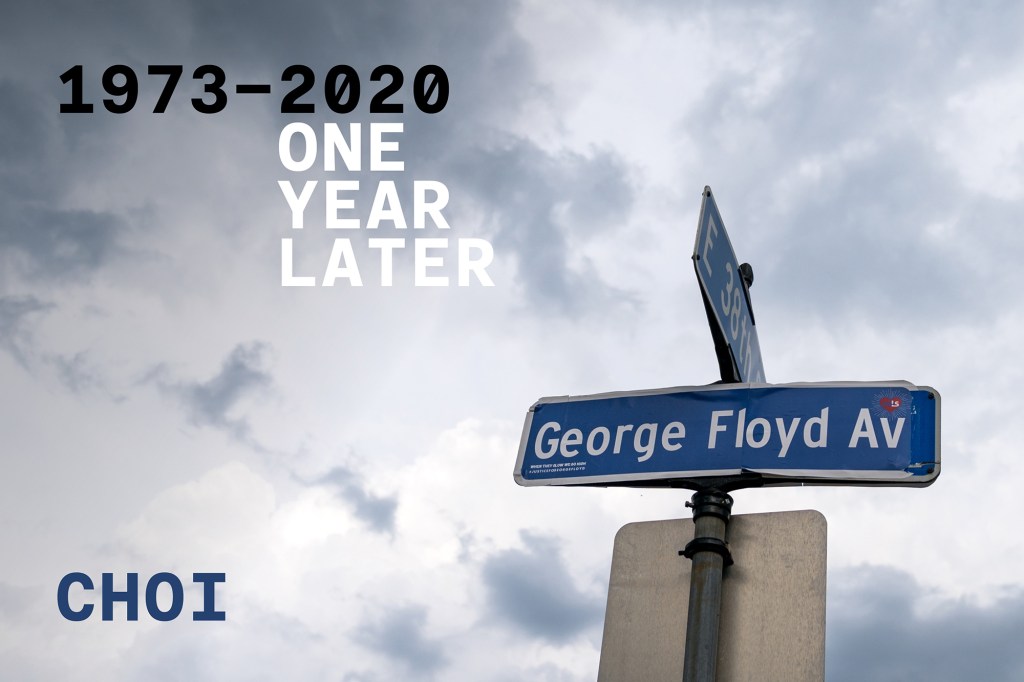Here, JLG Architects market leader and senior product manager Patricia Acevedo Fuentes, AIA, shares how she’s made a name and home for herself in Rapid City, S.D., far from Puerto Rico, where she was born. Acevedo Fuentes is also a 2021 Bush Fellow seeking to expand her knowledge in social justice and rural policies through data and storytelling.

courtesy Patricia Acevedo Fuentes / JLG Architects
Patricia Acevedo Fuentes
Not a lot of people look or sound like me in architecture, and even fewer so in the Dakotas and Western mountain region. I have two last names, but I had been minimizing them to [not stick out] and make it difficult for people to pronounce them. After the events of last summer, many friends reached out and said, “You have two last names. Which one do I call you? And where do they come from?” I want to model our growing awareness and ability to talk about things for younger people to see.
Frank Conversations
Before the murder of George Floyd, BIPOC and LGBTQ designers inside and outside of our organization were starting to have conversations [about inclusion]. After his murder, we gave ourselves permission to say the things that we weren’t saying before.
I love working at JLG. [However,] it is a 96% white company. I reached out to [the remaining 4%] and said we need to start having these conversations companywide. We set up conversations that were guided around the topics of inclusiveness and equitable access. The most valuable outcome was not the conversations, but the relationships that happened afterward. We started making meaningful connections among our 12 offices across the three states and across generations.
Clients and staff are asking for more diversity and inclusiveness, and our firm leadership knows that this has to be a goal. Our company is going through the Just label application process. We’re comparing the makeup of our firm with that of, for example, AIA Minnesota, which will be more diverse in gender, race, and ethnicity. We’re asking, “Are we happy with where we are? Where else do we want to go?”
I am accustomed to having conversations about nationality, race, ethnicity, gender, and access to goods and services because of the communities I work with, including the unhoused and Native American reservations. Now, we are able to say the words a bit louder and to be more direct in conversations with communities and clients as well.

JLG Architects
OneHeart transformation campus in Rapid City, S.D., by JLG Architects
The conversations can be tense and emotional. We recently finished The OneHeart campus in downtown Rapid City, which addresses wraparound services and transitional housing. We talked about designing from a trauma-informed standpoint, how to make people feel safe, and how much of the campus to fence. People from the outside have different perceptions from those on the inside. Because we all had the same project goal, we were able to have the difficult and sometimes heated conversations.
I’m not perfect. I’m in this continuum, and I’m trying to get better at designing for the person who will be inhabiting, living in, or getting a service from these spaces. It’s understanding whom you design for. If I am designing for an executive director who is providing a service, I should be designing for the client of that person. We need to think beyond the person who signs your AIA agreement. It takes a partnership with your client so they understand that this is a gain for them—that it’s going to ultimately enrich the project.
The other part of clarity is understanding architecture as a process, and not as a product. A lot of people think of architecture as buildings. But the joy and magic of architecture happen in the process—but design is not accessible to everyone. So how do we bring it to people?
Architecture has large implications in the community—and for a long time. We must do it right.
Pulling Up a Chair
In 2019, I was elected to an at-large position on AIA’s Strategic Council. I was starting to speak out loud about the rural condition. Rapid City is not rural from a census standpoint, but it has a rural culture and mentality. We are remote. Our construction costs and access to goods and services are different. Try designing affordable housing in the middle of the country, in a rural environment where the weather is harsh. I started talking about how funding formulas discriminate against our remoteness. We called it the rural agenda to offset the urban agenda.
We wondered, “Are there people who are not being seen here?” Not only from the practitioner standpoint, but also from that of communities. Are we delivering services to those communities? A lot of people saw themselves reflected in these questions, so I helped create a platform for other practitioners and other communities to start being seen.

JLG Architects
Red Cloud Indian School, Pine Ridge Indian Reservation, S.D., designed by JLG Architects
As architects, we have an opportunity to be leaders in the community. I am from Puerto Rico originally, but I realized that if I wanted my community here in Rapid City to care about me, to make me feel that I belonged here, I needed to give something to the community first. I wanted people to know my name.
I started volunteering and sitting on boards along with attorneys and accountants—and there’s always a real estate agent. The planning and design perspective that architects bring is valuable. Having seen different things in the professional world is valuable. My undergraduate degree is from Puerto Rico, so I learned how to design in the tropics. I got my master’s degree in New York, and then I moved to Florida. Even the location of the air barrier and vapor barrier in walls is different.
I was delivering a service to the community, but I was surprised to find I had a seat at the table. People at AIA [and many others] have said, “If you’re not at the table, you’re probably on the menu.” And Shirley Chisholm said, “If you don’t have a seat at the table, pull up a folding chair.” Make your own space. But that’s in a great and ideal world. Sometimes you can’t even bring your own chair.
I don’t have to agree with everyone, and everyone doesn’t have to agree with me. But if we agree that we have the same goal, we can just both be. People who are out in the community, trying to do something, and raising their hands to be involved rarely have bad intentions. It’s a matter of understanding what their goals are.

JLG Architects
Red Cloud Indian School, Pine Ridge Indian Reservation, S.D., designed by JLG Architects
On Building Momentum
Being out there in front of a fight all the time can be exhausting. I want to empower others because I’m not going to make the changes by myself.
The easiest way for people to become involved is to start serving on committees and boards. And you’ll learn so much about the community that you’re serving or where you live. A lot of organizations are looking for a new board member or new committee member. Everybody wants volunteers. To become an advocate or activist, you don’t necessarily need to be talking to state legislators or a congressional delegation. It starts at your community.
In some ways, architects have made ourselves into a commodity. We need to demystify the profession and show value for what we do. Being more visible in whatever way you choose is important.
As told to Wanda Lau. The views and conclusions from this author are not necessarily those of ARCHITECT magazine or of The American Institute of Architects.
-
Kwesi Daniels: Let’s Be Honest About How This Country Operates
The head of Tuskegee University's architecture department shares how this past year has opened the door for deeper conversations—and more opportunities for his students.

-
Kimberly Dowdell: Pursue Societal Change Through Design
The Chicago-based HOK marketing principal reflects on the profession at large, as well as her initiatives, one year after George Floyd's murder.
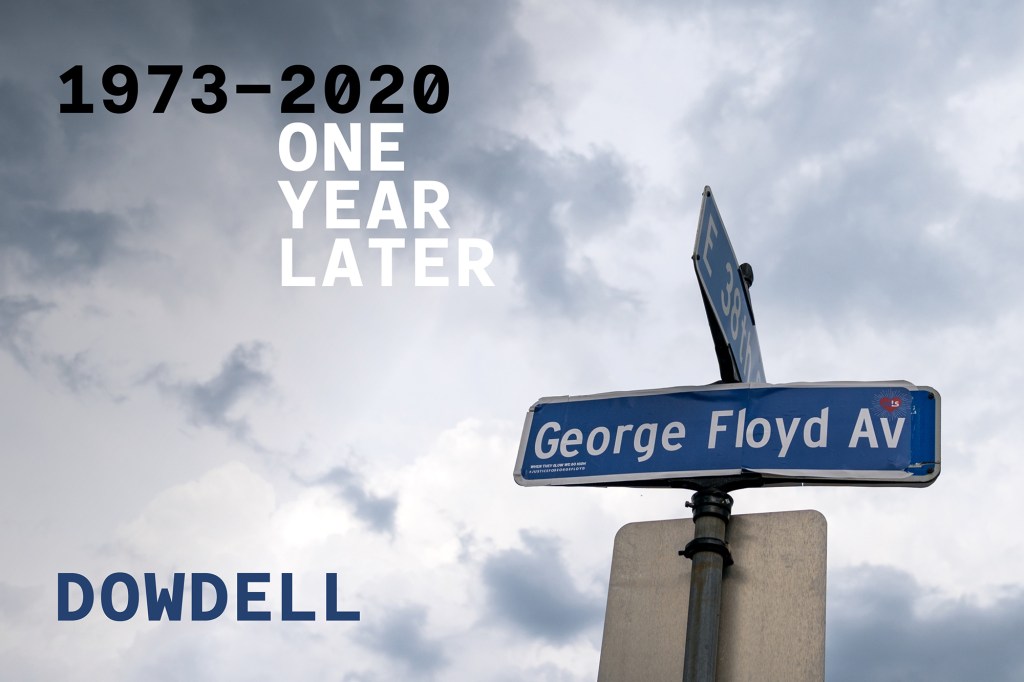
-
Joyce Hwang: Enough with Incremental Change
The University at Buffalo SUNY associate professor and associate chair of architecture and Ants of the Prairie founder wants to do much more to improve inclusion and diversity in design.
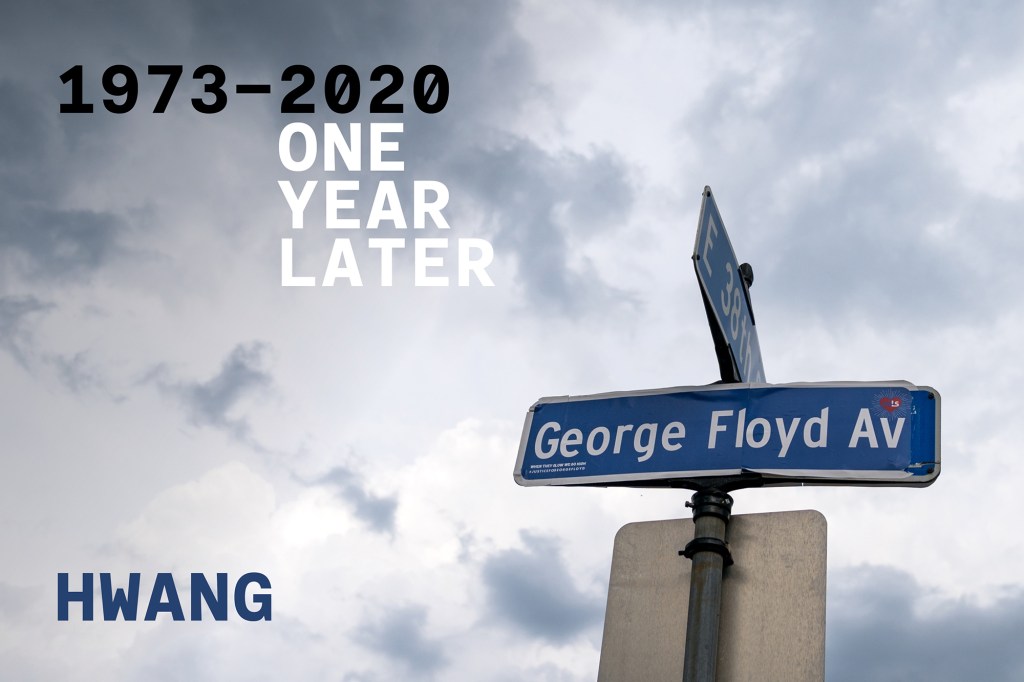
-
Cruz Garcia: Everyone Wants to Be a Savior—Without Giving Up Power
Despite the emotional toll, the WAI Architecture Think Tank co-founder, educator, author, and artist speaks openly about oppression and marginalization because he knows few others can safely do so.
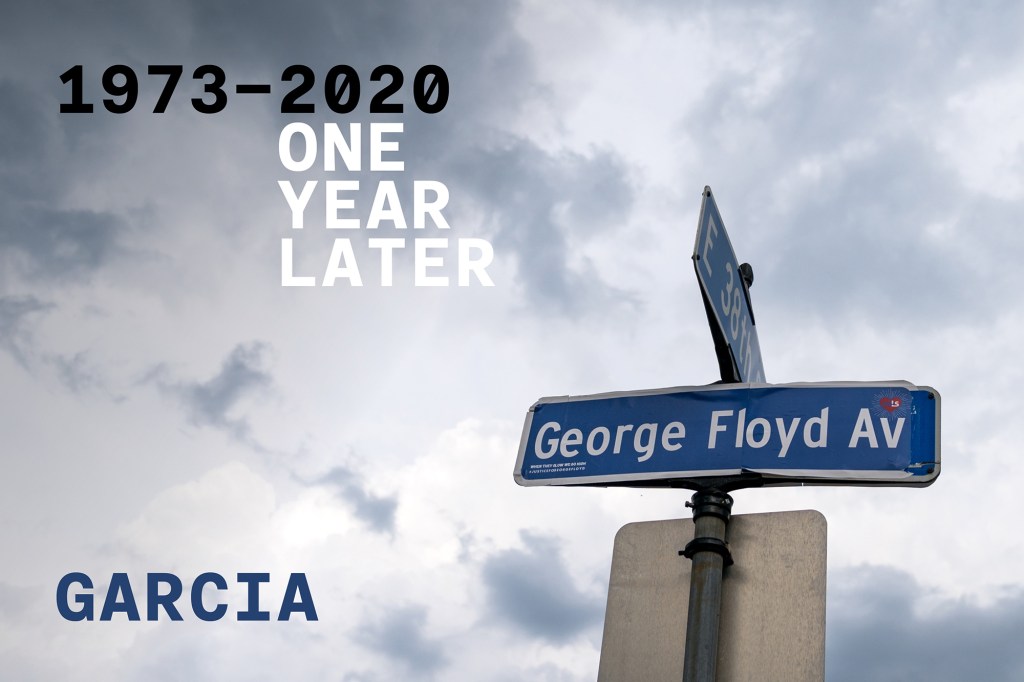
-
Ming Thompson: Our Differences Can Make Us Better
Long active in increasing representation in architecture, the New Haven, Conn.–based co-founder of Atelier Cho Thompson is revisiting her own identity due to the recent increase in anti-Asian violence.
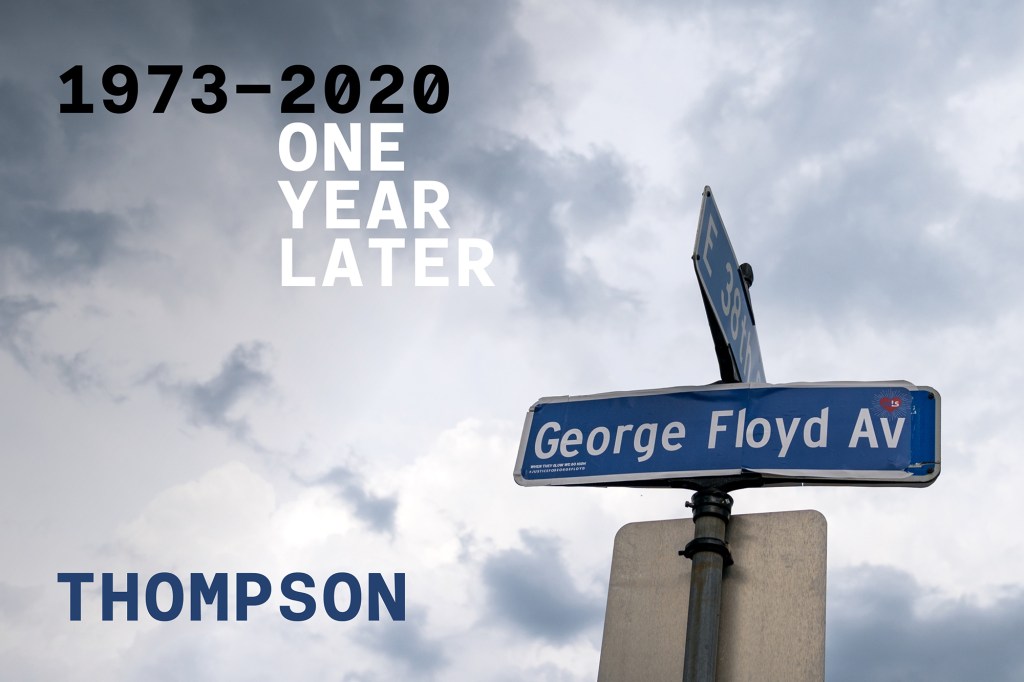
-
Patricia Acevedo Fuentes: I Want People to Know My Name
In order to feel more at home in South Dakota, the 2021 Bush Fellow and JLG Architects market leader got involved in her community—and was pleasantly surprised to find a seat at the table.
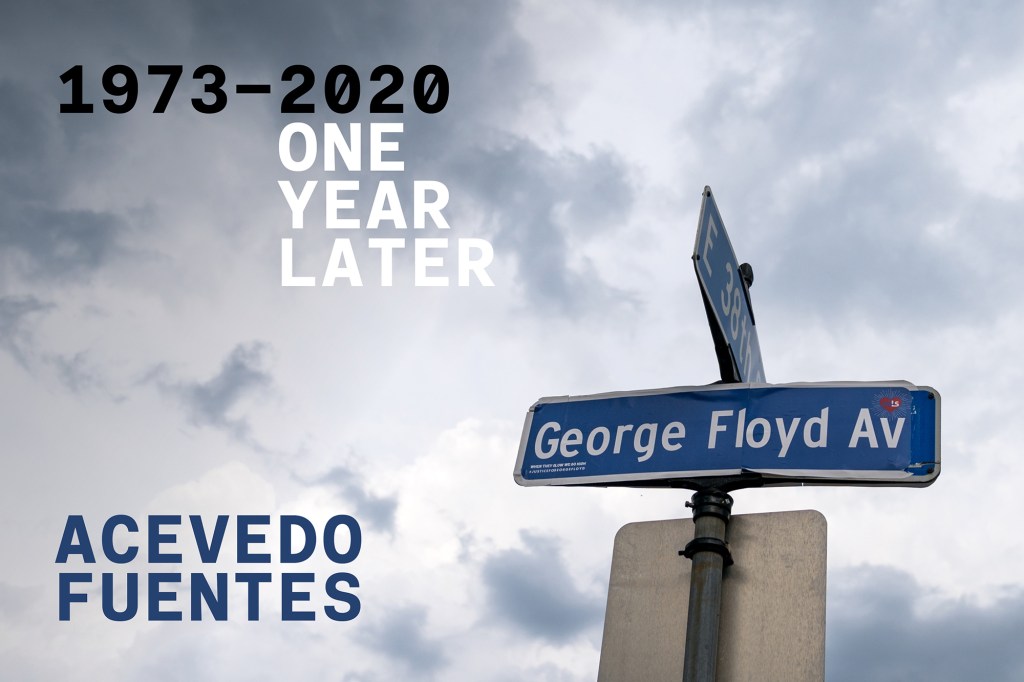
-
Rosa Sheng: We Can’t Turn Back Now
The founder of AIA San Francisco's Equity by Design committee and SmithGroup principal translates her advocacy of social, racial, and environmental justice into the business of architecture.

-
Erica Cochran Hameen: A Half Dozen Students Can Lead a Revolution
The assistant professor and Carnegie Mellon University School of Architecture's inaugural director of diversity, equity, and inclusion is emboldened by her students and research to achieve equitable outcomes for everyone.

-
Jonathan Moody: Be Wary of Normal
The CEO of national firm Moody Nolan does not want to lose the momentum—or the discomfort—of the past year as they relate to racial justice.
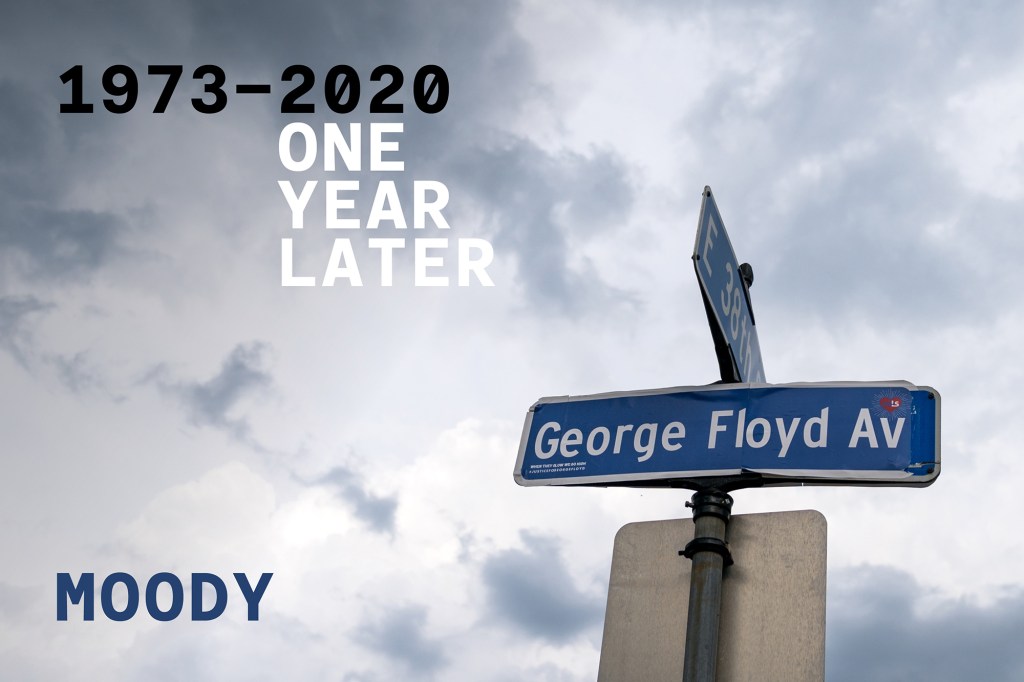
-
Esther Choi: Courage Is a Muscle
The multidisciplinary artist behind Office Hours is actively fostering relationships and engagement among diverse communities while continuing to learn how to decenter whiteness and heteropatriarchal biases in her speech, thoughts, and actions.
